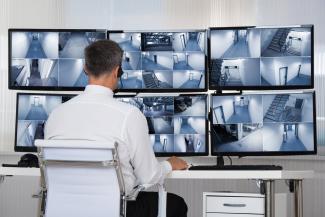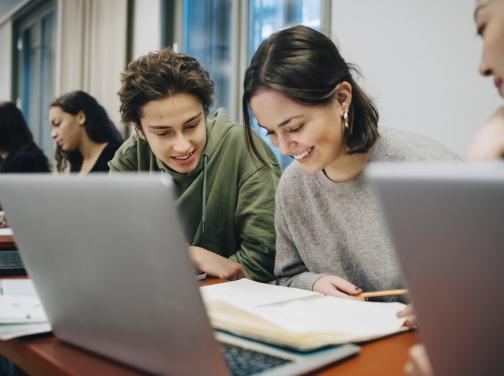
Instructions
Do the preparation task first. Then read the text and do the other exercises.
Super-recognisers
1Hundreds of angry people took to the streets in London and at least ten other English cities in 2011. Petrol bombs were thrown, buildings and vehicles destroyed and shops looted. Many of the rioters were caught on CCTV cameras, but most of the images were poor and the perpetrators had covered their faces.
2Gary Collins, an off-duty policeman, was watching the London riots on TV. He immediately recognised several people and cut his holiday short to help with identification. He ended up spending six months going through the CCTV film and managed to identify 190 people, many from their eyes alone. His help was of decisive importance in the investigation. Even with 200,000 hours of footage, facial recognition software managed to identify just one person.
3Collins is no ordinary police officer. Soon after joining the police force, he realised he had a special gift: after seeing a face briefly, he could remember it in detail years later. He is what is known as a super-recogniser. This term was first used in 2009 when a study estimated that 1–2 per cent of the population have severe problems recognising faces – called prosopagnosia or ‘face-blindness’ – and another 1–2 per cent are exceptionally good at it. They can recall up to 95 per cent of faces they see, whereas an average person remembers about 20 per cent.
4London’s Metropolitan Police set up a unit of super-recognisers in 2015 after Collins’ success proved it could be useful. It is the first of its kind in the world. Detective Chief Inspector Mick Neville of Scotland Yard, one of its founders, had realised that there was a problem with CCTV back in 2008. CCTV film was not used efficiently in the courts and did not seem to work as an effective deterrent. If criminals were captured on film, they knew they were unlikely to be recognised.
5Neville’s unit has changed all that. Since it started, the tiny team of six officers has made nearly a quarter of all identifications in London, mainly by spending hours scanning film and photos. This is impressive, considering that there are 32,000 police officers in the city. The team’s success relies on the ubiquity of CCTV; there are thought to be more than four million cameras throughout Britain.
6This winning combination of human skill and technology has helped convict criminals from shoplifters and pickpockets to sex offenders and murderers. Offenders are very seldom convicted solely on the evidence of a super-recogniser, but it is used to direct investigations. Many defendants plead guilty when they realise they have been caught red-handed.
7Super-recognisers could be useful in many jobs such as security and passport control. Find out about your powers of recognition with the University of Greenwich test: http://superrecognisers.com/
Are you good at remembering faces?

Comments